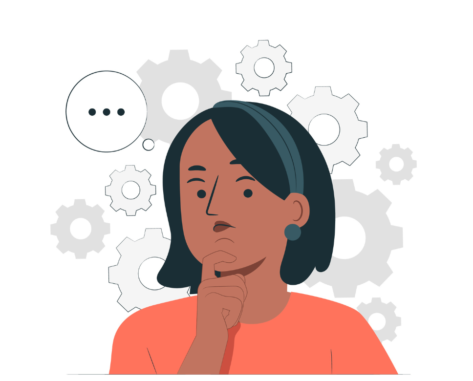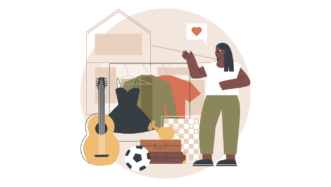LESSON OVERVIEW
In this lesson, students learn functional language for expressing possibility in English, as well as doubt and certainty. They watch two sets of short video clips and get controlled and free practice of the functional language.
EXPRESSING POSSIBILITY IN ENGLISH
First, students think of alternative ways of saying sentences like She’s probably busy. Then, they watch the first video and choose the words they hear to complete sentences. The teacher can also play the video and ask students if they know any of the films from it. Next, students use the phrases they heard (e.g. I’m not so sure…, It doesn’t look like…, It might be…, Perhaps…) to rewrite statements. After that, students get more practice in expressing possibility or doubt in English. They read some situations and complete sentences with their own ideas. Finally, students look at some pictures and decide what might be in them using the language for expressing possibility and doubt.
EXPRESSING CERTAINTY IN ENGLISH
In this part of the lesson, students listen to the audio from the second video and complete gaps in sentences. Then, they watch the video and think what made the characters say the sentences. After that, students use the functional language from the previous task (Clearly…, There is no doubt that…, Obviously…) to rewrite sentences. As an extension, the teacher could ask students who used the sentences and in what situations. Some examples and possible answers are provided in the teacher’s version of the worksheet.
Finally, students use the language for expressing possibility, doubt and certainty in English to talk about photos. They are also encouraged to agree or disagree with each other to use the functional language even more.
HOMEWORK/REVISION
This lesson includes an additional task to practise the language for expressing possibility, doubt and certainty in English. You can use it as homework or revision. It’s available in the teacher’s version of the worksheet. You can print it, cut it up and hand it out to your students. It’s also included in the e-lesson plan.
Subscribe to unlock these and many other Standalone lesson lesson plans with the Unlimited planWORKSHEETS













The lessons don’t seem to be downloading…
It should work fine, but if you still experience the issue, please contact us at [email protected] and we will help you.
This a fantastic lesson, I really enjoy teaching it. It gets the student to really use their imagination using natural English language. Highly recommended. A great first lesson for new students.
The one thing that I found confusing was slide 19. It asks the student to “listen to the video and complete the gaps” but there is no video on this slide, you need to jump forward 2 more slides. In my opinion, it would be much better to also embed the video on slide 19. This would make teaching much easier.
Congratulations Ewa, another great lesson!
Hi, Pete. I really appreciate your comment 🙂 I’m delighted to hear that you enjoyed the lesson and that it was a positive start for new students.
Regarding slide 19, I thought it would be better if students only listened to the sentences first. The video would be distracting at this point and would probably need to be played several times for students to hear the missing words. So there is a comment in the speaker note to open the video in a seperate window and only play the audio. Also, we have now added the hyperlink to the main slide (to the word ‘video’) in case someone misses the note. But we do recommend checking whether there are any notes, especially if it is not immediately clear what to do in the task after reading the rubric.
Anyway, thanks for pointing that out and sharing your feedback 🙂